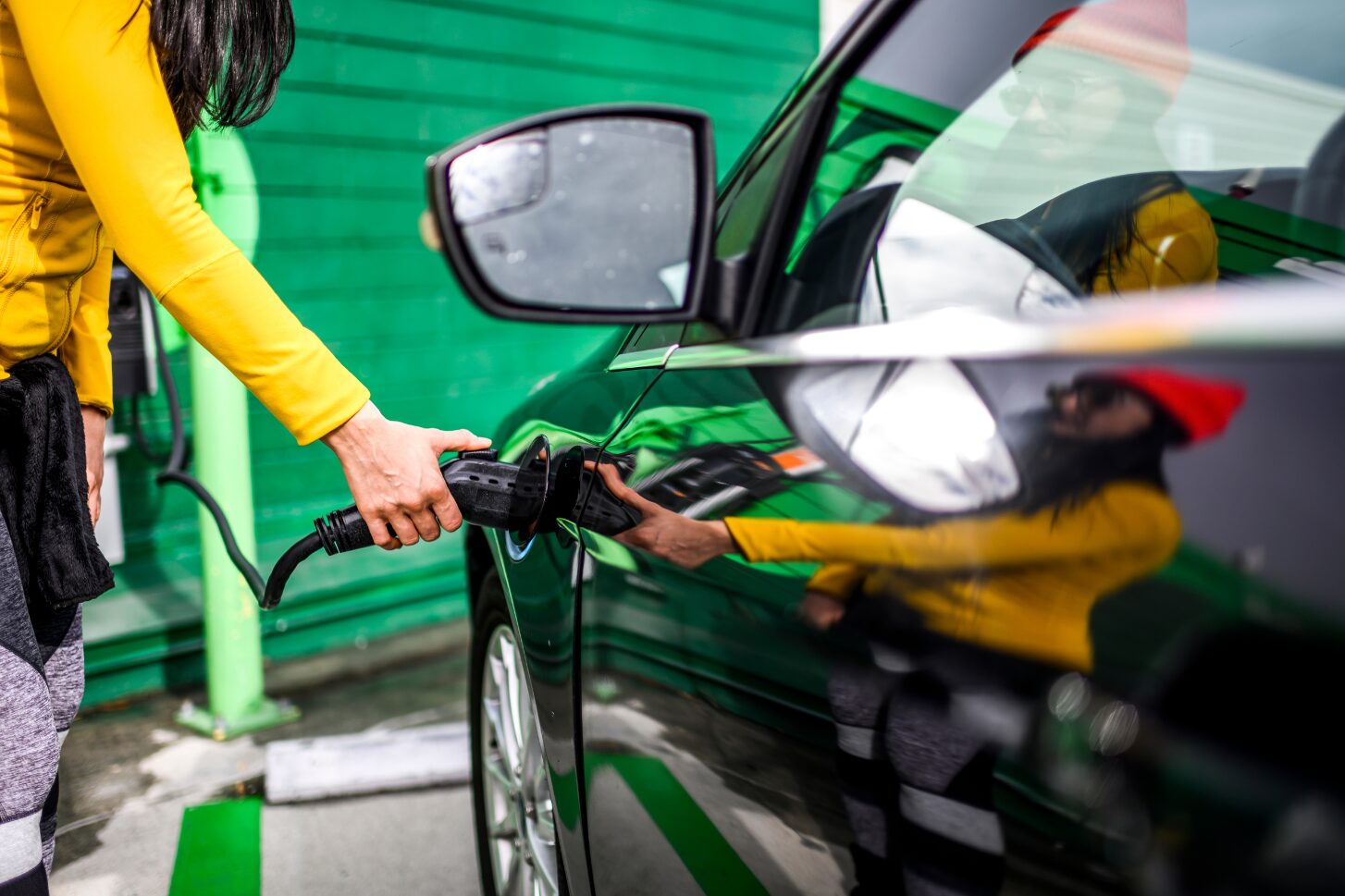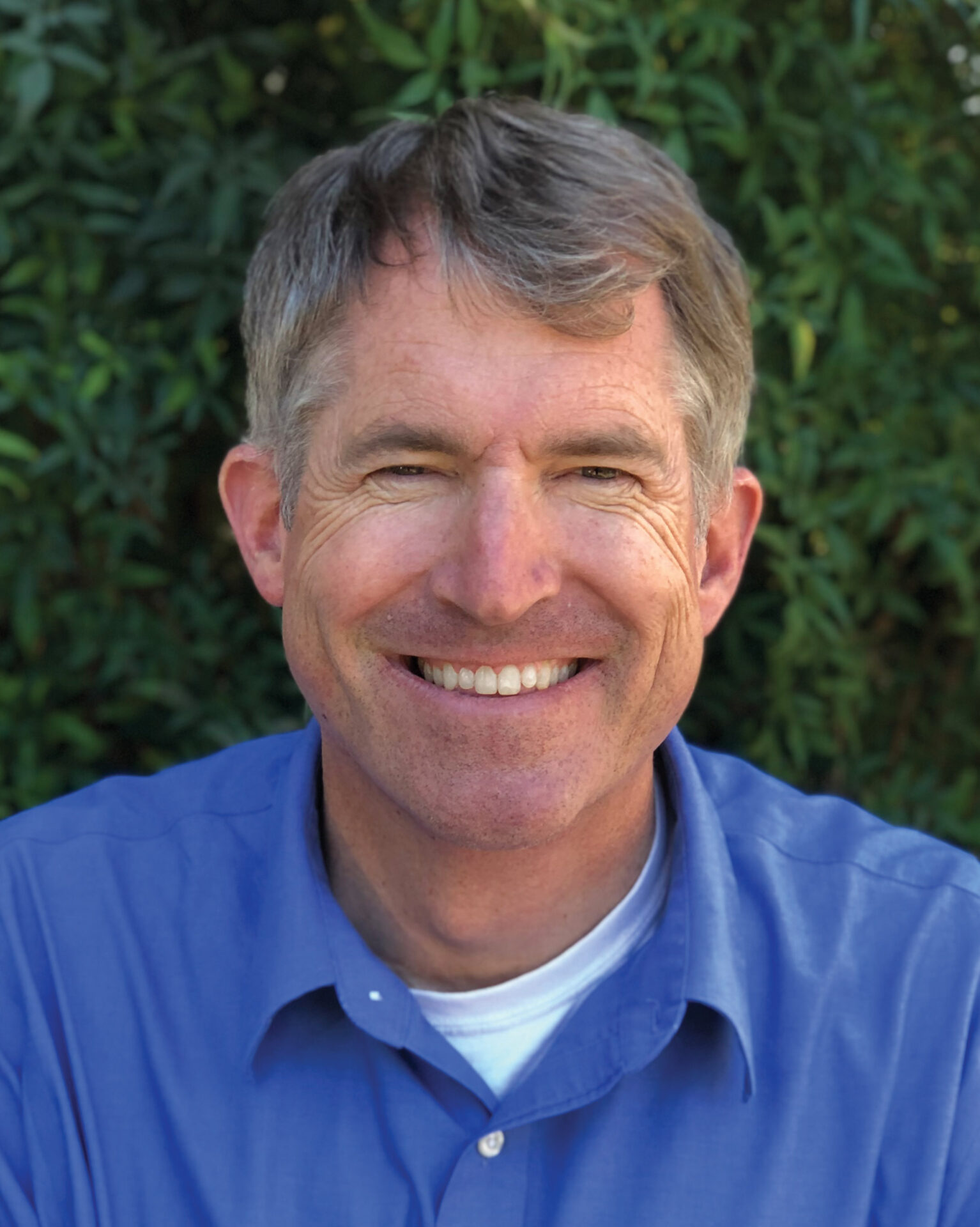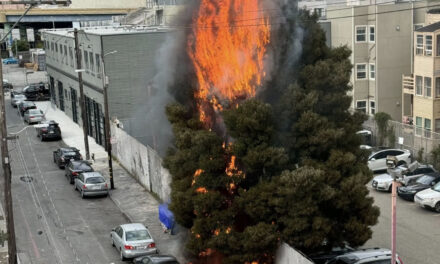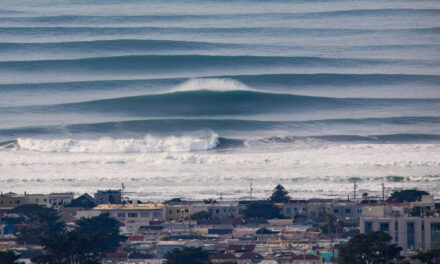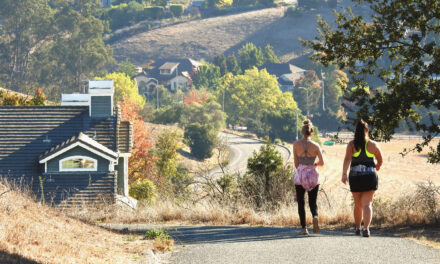The Solar Battery You Already Own
California leads the nation in solar energy generation, with over 2 million installations and a growing number of solar farms. But it’s not enough. Meeting our 2030 greenhouse gas reduction goals will require substantial divestment from fossil fuels, and despite the more than 68,000 gigawatt-hours harnessed last year by solar (41% of which was from small-scale operations), California still relies heavily on natural gas when the sun goes down.
That’s because much of that solar energy isn’t being stored. Some ambitious rooftop solar customers install batteries alongside their panels to ensure they can use the energy in the evenings (when demand is highest), and during power outages. But batteries are expensive, and still rare as a result.
A new law SB 59 (Skinner), might help close the gap. Signed by Gov. Gavin Newsom at the end of September, it paves the way for the California Energy Commission to require that new electric vehicles be “bidirectional” — meaning that the energy they store could flow into and out of the vehicles to power homes directly or be sent back into the grid. The shift could help cut energy costs, and reduce our reliance on the new solar farms threatening desert communities and ecosystems.
We spoke with Kurt Johnson, community energy resilience director at the Climate Center, a nonprofit that advocated for the bill and its potential to make the state’s power grid more resilient. Here’s our conversation, edited for length and clarity.
Other Recent Posts
Assistant Editor Job Announcement
Part time freelance job opening with Bay Area climate resilience magazine.
Training 18 New Community Leaders in a Resilience Hot Spot
A June 7 event minted 18 new community leaders now better-equipped to care for Suisun City and Fairfield through pollution, heat, smoke, and high water.
Mayor Pushes Suisun City To Do Better
Mayor Alma Hernandez has devoted herself to preparing her community for a warming world.
The Path to a Just Transition for Benicia’s Refinery Workers
As Valero prepares to shutter its Benicia oil refinery, 400 jobs hang in the balance. Can California ensure a just transition for fossil fuel workers?
Ecologist Finds Art in Restoring Levees
In Sacramento, an artist-ecologist brings California’s native species to life – through art, and through fish-friendly levee restoration.
New Metrics on Hybrid Gray-Green Levees
UC Santa Cruz research project investigates how horizontal “living levees” can cut flood risk.
Community Editor Job Announcement
Part time freelance job opening with Bay Area climate resilience magazine.
Why is SB 59 such an important bill?
When you look at all the different distributed clean energy options out there, the number of electric vehicles as an untapped energy storage asset is massive. It dwarfs everything else by an order of magnitude. There will be 7 million EVs on the road by 2030. But those EVs and the solar rooftops are not talking to one another. We want a world where our millions of rooftop solar installations send their energy to millions of electric vehicles during the day, and then those vehicles can send it back to the grid at night.
Could it help lower electricity bills?
Power outages have had a huge, multi-billion dollar impact on California. And we have crazy expensive electricity rates. One thing that’s driving some of the cost increases is a build-out of the grid. There’s billions of dollars in costs associated with building more poles and wires to meet the increased [electric] load.
Power goes through the transmission system, and a substation breaks it down into lower voltage and distributes it out to all the homes. If you think about load balancing, matching supply with demand, you can start to think about optimizing the existing power.
The new idea behind SB 59 is: Why don’t we tap into distributed energy resources like EVs? We wouldn’t have to build as much, because we can actually meet some of that load locally and envision a new electricity system. There are tens of billions of dollars in savings available. When the utilities don’t have to invest as much in building, that’s reflected in lower cost for all ratepayers.
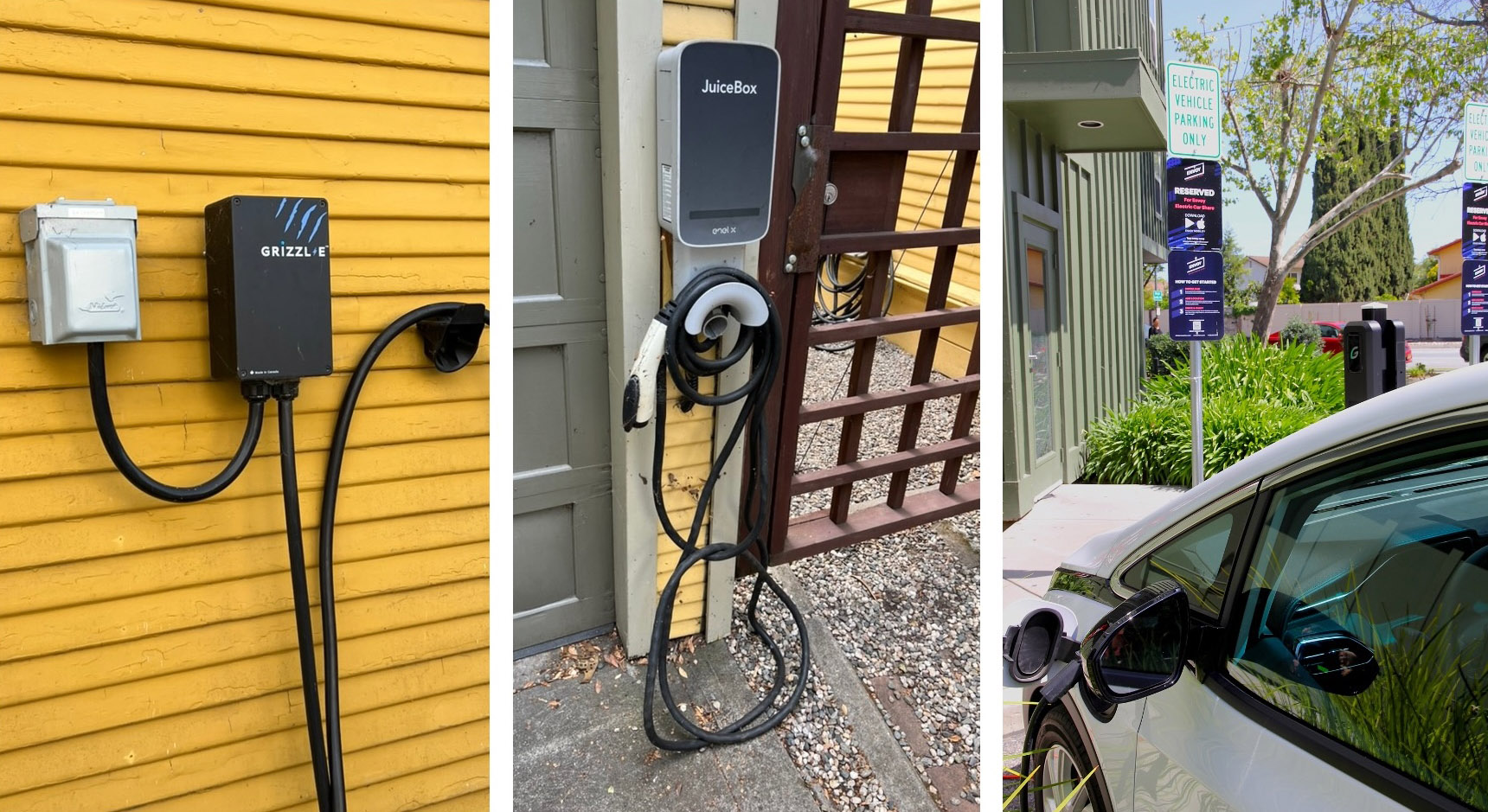
Photos courtesy UC Berkeley and Twilight Greenaway
How much energy are we talking about?
California’s 1.8 million EVs represent 18 gigawatts of capacity. By 2030, seven million EVs gets you 70 gigawatts. For perspective, the largest power plant in California, Diablo Canyon, offers about 2.2 gigawatts.
If a tiny percentage of the EVs is used as a grid asset, a mechanism to send power back to the grid when needed, the energy yield would be gigantic. It dwarfs the utility system in California.
Don’t powerwalls already do that?
The Tesla Powerwall has a typical capacity of 13 kilowatt hours. It sits on the wall in your basement and you might spend $15,000 to $20,000 for one. I bought a used Hyundai IONIQ 5, which has a 77 kilowatt hour battery, for $35,000. Effectively, I just bought six Tesla Powerwalls’ worth of battery storage for about a third of the price, and it comes with a car wrapped around it.
People often charge their EVs overnight. Would that need to change?
Between 4 and 9 p.m. is when power is most expensive because solar is ramping down. As solar generation comes offline, natural gas plants across California ramp up. These are pollution and greenhouse gas emission sources, and they also tend to be located in low-income, disadvantaged communities.
Most vehicles are parked 95% of the time. We want those vehicles to charge during the day [when ample solar energy is running through the grid]. 3.2 million California residents work from home, and many more have the option to charge their cars at work. Daytime charging helps reduce the load on the grid in the evening.
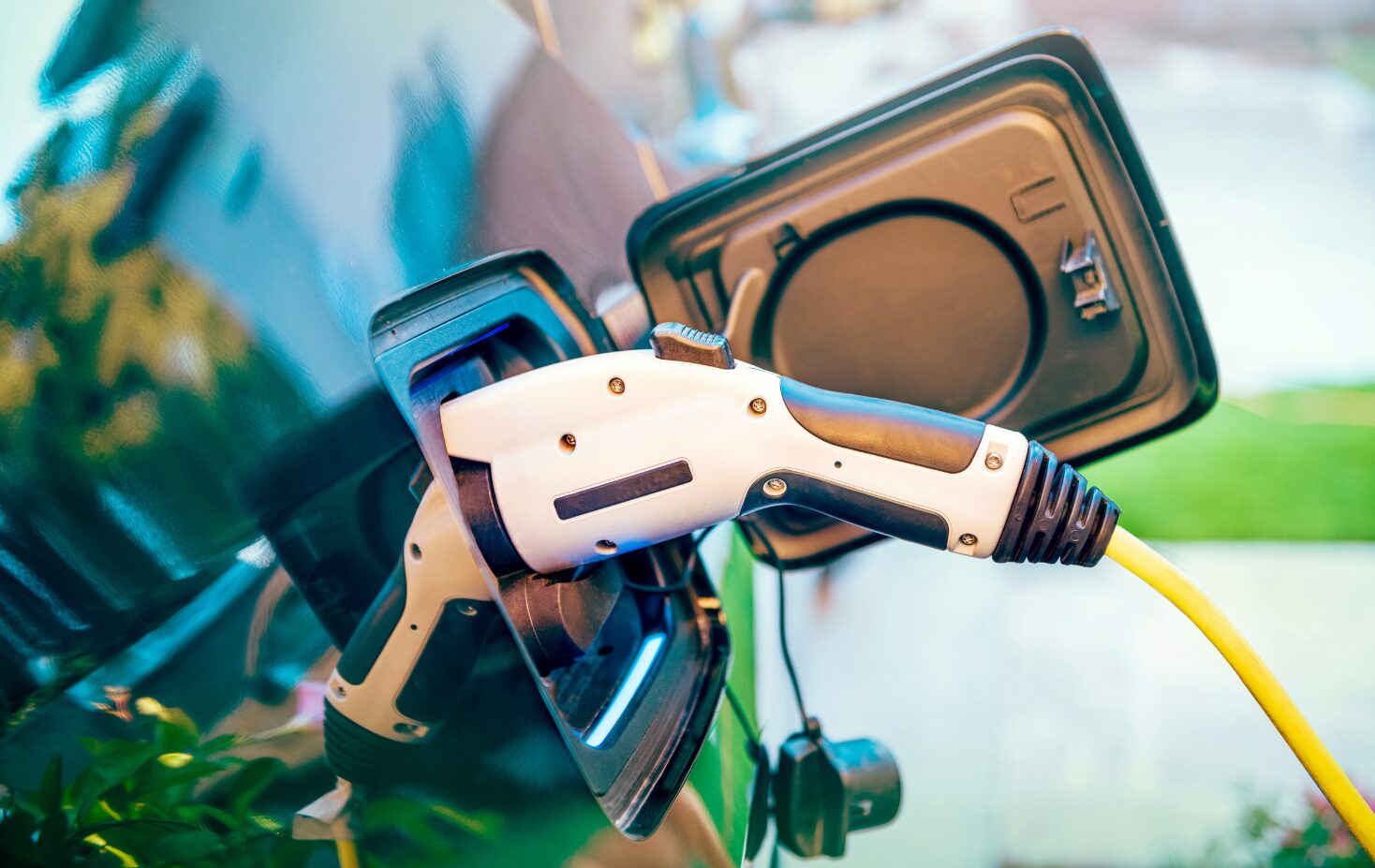
Photo courtesy HadelProductions
How might this help us prepare for climate disasters?
In order to have true energy resilience, you need to have a power source, ideally at your house. Our power reliability is still really bad. But if everyone had a bidirectional EV in their garage, we’d be better able to withstand the extreme weather events heading our way because of climate change, which are going to increasingly knock out the power.
Does this only benefit folks who have EVs and solar panels on their homes?
It starts with them. But if you don’t need to run the natural gas plant, that’s better for air quality for everybody, and it lowers electricity prices across the board.
In order for this all to work, you have to have the vehicles, and they have to have bidirectional charging capability. It’s a software update, the battery is already sitting there. But bidirectional EV charging also requires service equipment to help facilitate this process. You have to make it easier for people to plug these things into the utility. We’re trying to promulgate this broader vision of where we want to go. SB 59 is a starting point.
This article was produced with support from the Climate Equity Reporting Project at Berkeley Journalism.






